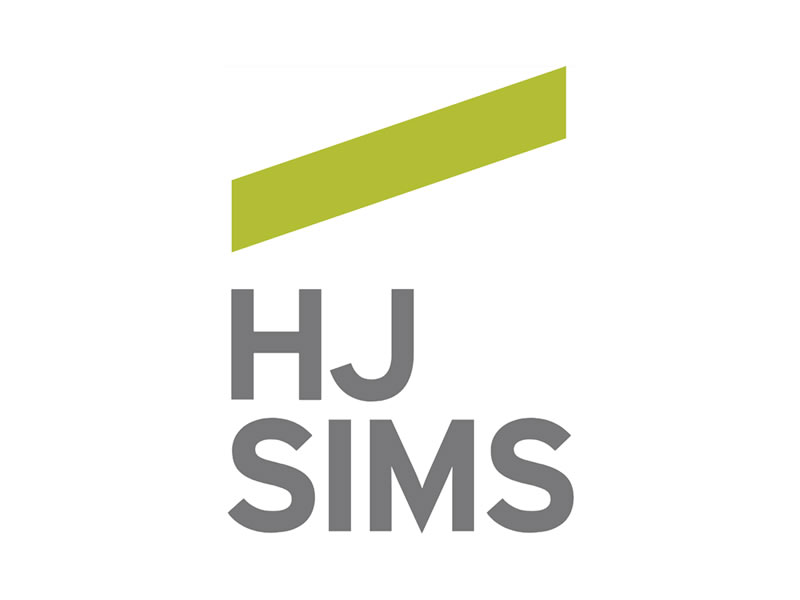Hope is what sustained the 102 passengers of the Mayflower who departed from Plymouth, England for the New World four hundred years ago this week. In far more grim circumstances than we face today, on September 16, 1620, there were 41 Protestant Separatists or “Saints” – better known today as the Pilgrims – seeking freedom from the Church of England. A larger group of commoners including servants and children dubbed “Strangers” simply gambled the little they had on a new life in an unknown place in northern Virginia. They were 50 men whose average age was 34, 19 women, 14 teenagers and 19 children. The oldest was 64 and the youngest, Oceanus, was born during the voyage, which was financed by London stockholders. Crammed together with sheep, goats, chickens and dogs on the gun deck only 58 feet long, 24 feet wide and 5.5 feet high, they spent a grueling 66 days at sea during the height of the storm season. They ate old bread and dried fruit and salty fish; with no fresh drinking water, each person was rationed a gallon of beer per day. Nearly five percent of those aboard died en route. Yet, they were filled with gratitude to meet their new world.
The Mayflower passengers arrived in New England on November 11 and a group of 41 managed to draft and sign a 200-word document that came to be known as the Mayflower Compact, the first document to establish the framework for our self-government. It was a simple text, one worth a review in this complicated era where there are too many federal laws in force to count and even more regulations among the 50 subject matter titles in the Federal Register. Signatories agreed to “solemnly and mutually, in the presence of God, and one another; covenant and combine ourselves together into a civil body politic; for our better ordering, and preservation and furtherance of the ends aforesaid; and by virtue hereof to enact, constitute, and frame, such just and equal laws, ordinances, acts, constitutions, and offices, from time to time, as shall be thought most meet and convenient for the general good of the colony; unto which we promise all due submission and obedience.”
Plymouth Rock was said to have “received the footsteps of our fathers on their first arrival” in Plymouth Harbor on December 21, 1620. But, as the Pilgrims and the non-believers slowly built their town, they largely remained aboard the Mayflower in tiny quarters for another four harsh winter months. They endured outbreaks of scurvy, pneumonia and tuberculosis, malnutrition and exposure. Only 52 of the passengers departing from England, including 5 women and half of the 50-man crew, survived that first winter.
There are an estimated 10 million living Americans and 35 million people around the world who are descended from the original passengers on the Mayflower. Several hundred thousand who are not descended from the Aldens, Bradfords or Winslows still risk untold peril every year to come to America by sea, land and air. Latest federal data show that 7.8% of our population self-designates as having English roots, 14.7% German, 12.3% Black or African-American, 10.9% Mexican, 5.5% Italian, 3.3% French, 3% Polish. The U.S. population exceeds 331 million now outnumbered by only China and India. More than 40 million of us were born in another country. 56 million of us are aged 65 or older, but our median age is 38.3 years. Approximately 6.3 million of us work in financial services.
In difficult times, it is important to maintain perspective in order to remain hopeful, much like the Mayflower passengers; we must hold steadfast to the belief that the world will improve. In a time where we are concerned for our loved ones, and in an era where we feel nervous, we must remember that back in the time of the Mayflower, the death rate of the newcomers exceeded 50%. At this writing, the COVID-19 death rate per 100,000 population is 0.06%. However, with tragedy comes a sense of gratitude for what we do have, for what kindness exists in the world. And, we hold hope for a vaccine, we have appreciation for our medical workers who treat those who are need, we gather to help strangers and neighbors, alike. Overall, this is a time to come together—we can experience this as an opportunity to unite.
Perspective helps us process the deaths of more than 196,000 Americans at this writing. With a changing world, twenty-nine million of us are receiving some type of unemployment assistance and many more have had hours or pay cut and income slashed. We have become adaptable as a significant number of children can only go to school online, but some are unsupervised and others have only limited access to the internet and learning. Small businesses are closing by the thousands in cities and small towns—some transitioning to an online model with the evolution of these times. On top of all of this, hurricanes and floods have battered the people of the southeast and megafires have destroyed nearly five million acres in the West. After six-plus months, we see some pockets of recovery but much of the nation is exhausted, numbed, or in a state of shock. The luckier among us gripe about inconveniences: gyms and salons closed, lost vacations, reunions and celebrations postponed. But at night, most of us toss and turn, worry about our college students, our parents in health care facilities, a second wave of illness, our weight, our retirement, the vaccines being rushed to market, how long we can postpone medical tests and procedures, whether our vote will count in November. Life has changed dramatically for many in these past seven months.
The financial markets are always looking to the future and the view from Wall Street is still much rosier than the one from Main Street right now. Investors have come to look to the Federal Reserve as the Rock of Gibraltar, a veritable Pillar of Hercules – a mythical point once marking the limit to the known world, now widely viewed as our barrier to unthinkable loss. So far so good. But the Fed can only loan money. So, state and local governments and markets have also looked to Washington for fiscal relief. Again: so far so good. Maybe too good. Federal spending topped $6 trillion for the first time last month and the federal deficit has topped $3 trillion for the first time; Congressional appropriators are discussing even more fiscal spending but cannot reach agreement. Eventually, they will have to take the scissors to the budget, but for now we are in historic spending mode. The President has taken certain executive actions, and perhaps no more legislative is necessary or possible until after the elections, so it is to the unelected officials of the central bank that we look for any further immediate relief if needed.
The Fed’s monetary policy committee, the Open Market Committee, met this week for the 8th time this year and provided reassurance that they will be accommodative, hold interest rates at rock-bottom levels through 2023 and basically do whatever else is required for our economy. Economic data show that we have regained at least half of the loss of output so we may see third quarter gross domestic product above 25%. CNN and Moody’s Analytics have teamed up to produce a “Back-to-Normal” Index that actually shows the U.S. at 80% of pre-pandemic levels.
Despite the pandemic-induced recession and pain experienced across virtually every sector, the S&P 500 is up 5.27% this year, the tech-heavy Nasdaq is up nearly 25%. Gold has gained more than 28%. The 2-year Treasury has strengthened significantly; its yield has dropped lost 143 basis points and currently stands at 0.13%. The 2-year municipal general obligation bond yield has fallen 91 basis points to 0.13%. The 10-year Treasury at 0.67% is down 124 basis points. The 10-year muni has decreased 60 basis points to 0.84% and the 10-year Baa corporate bond yield at 2.98% is down 72 basis points. The 30-year Treasury yield has fallen 95 basis points to 1.43% and the comparable muni yield has shed 51 basis points to stand at 1/58%.
Corporate and municipal borrowers continue to vie for space on the calendar of buyers. So far this year, tax-exempt muni issuance at $337 billion is up 33% year-over-year. Corporate bond issuance as a whole totaled $210 billion in August alone. High yield corporate issuance exceeds $308 billion so far this year, up 74% from 2019. Mutual fund investors have added a net of $19.2 billion to municipal bond funds, $139.4 billion to investment grade corporate funds and $40.8 billion to high yield corporate funds. With record Treasury issuance this year, outstanding debt at 9/15 totals $26,790,503,839,118.28 and returns are up about 9.31%.
Last week was shortened by the Labor Day holiday but it was by no means a quiet one. HJ Sims underwrote a $107.3 million A-minus rated revenue bond issue for Presbyterian Retirement Communities which we structured with tax-exempt term bonds due in 2055 priced with a coupon of 4.00% to yield 3.10% and taxable bonds due in 2050 priced at 4.00% to yield 4.125%. Among recent deals on the high yield calendar, there was a $17.1 million BB+ rated California School Finance Authority issue for Classical Academies that had a thirty year term bond priced at 5.00% to yield 3.42%; a $13.3 million Ba1 rated Public Finance Authority financing for KIPP Charlotte that included 35-year term bond priced at 5.00% to yield 4.50%; and a $10.3 million BB+ rated New Hope Cultural Education Facilities Finance Corporation issue for Southwest Preparatory Academy in San Antonio that came with a 2050 maturity priced at 5.00% to yield 4.00%.
This week, Plymouth, Minnesota has a $41.7 million general obligation bond sale planned. Local Massachusetts news reports that Plymouth Rock, the Landing Place of the Pilgrims, the symbol of our country’s first hardships and struggles, a representation of our freedom and desires for a better life, an international attraction typically drawing a million tourists every year, has unfortunately been vandalized for the second time in one week. Yet, we persevere.


